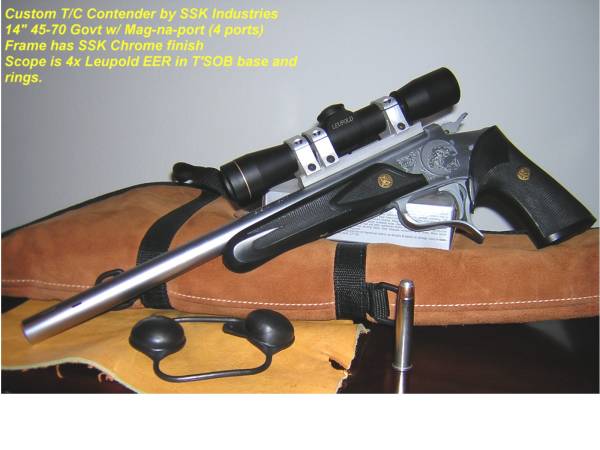Hunting big game with a handgun is a challenging and rewarding experience. Be it with a single-shot chambered in a bottlenecked cartridge capable of delivering long-range accuracy or a big-bore revolver using either open-sights or a scope. Personally I find the latter much more challenging. I’m not knocking the single-shots. I still use them and have owned several over the years chambered in a number of cartridges from the 17 Remington up to and including the 45-70 Government. So I am quite aware of the discipline involved in hunting with and shooting these types of handguns.

Hunting with a revolver requires the hunter to carefully select the proper equipment for his or her hunting situation. Cartridges to consider are the 41 Rem Mag, 44 Rem Mag, 45 Colt (properly loaded), and the 454 Casull, the big four, if you will. Even though all of the rounds have been over shadowed in power by such cartridges as the 475 and 500 Linebaughs and the recently introduced 500 S&W Magnum they are still very effective hunting rounds for game from deer to the largest animals anywhere in the world. These rounds offer the connivance of factory ammunition along with a wealth of components and reloading information available to the hand loader. They are available in both single and double action revolvers from such manufactures as Smith & Wesson, Ruger, Taurus, and Freedom Arms. Common questions when purchasing a revolver for hunting are: single or double action, the finish, grips, what barrel length, and whether to use open sights or a scope?
Check Prices
Keep in mind; this is not a long-range game 100 yards should be considered a far maximum range with 75 yards and less being preferred. Requiring the hunter to sharpen his or her hunting skill to make best shot possible.
The big four share many similar traits, which make them the top choices as hunting rounds. Strong strait-walled cases with enough powder capacity to drive their respective bullets at impressive game killing velocity, large diameter heavyweight bullets capable of deep penetration creating large exit wounds with massive blood loss for quick humane kills, and all are generally accurate and controllable when fired from a quality revolver. Slow burning powders such as 2400, WW296 and H110 coupled with large magnum handgun primers are the way to go. Except for the 454 Casull, which uses small rifle primers. A heavy roll crimp is strongly recommended on all of these cartridges to keep the bullets from creeping forward under the heavy recoil associated with hunting loads.

Check Prices
41 Remington Magnum
The 41 Remington Magnum considered by many, as an outcast might very well be the best of the bunch as pure deer cartridge. Bullets commonly range in weights from 170 to 265-grains with velocities 1200-1500 fps. I have seen reloading data for bullets as heavy as 300-grains, but question the effectiveness of bullets this heavy at the velocity the 41 Mag would safely be able to push them.
 Check Prices
Check Prices
If you need bullets this heavy you are better served to go with one of the other three. The best all around cartridge is probably the 44 Remington Magnum with the availability of factory ammo and bullets from 180-grains to the big boys weighing in at well over 300-grains and adequate velocity from all bullets it is a true big game cartridge. If cartridges could talk I would bet the 45 Colt (Long Colt) could tell some hair-raising war and hunting stories. The old round is capable of utilizing bullets from 225 to 340-grains reaching hunting velocities (1200-1400 fps). These types of loads must be fired in a strong revolver such as a Ruger or Freedom Arms. A load this type should never be fired in a Colt Single-action, Colt SA replica, or a Smith & Wesson revolver.
Plain and simple DO NOT ATTEMP THIS! Factory ammunition suitable for hunting is only available from small custom ammo suppliers. However loading data and components are easy to find. In my opinion if you can’t kill it with the 454 Casull, you shouldn’t be hunting it. This cartridge is capable of tremendous power. Try a 260-grain bullet at 1800 fps generating 1871 ft-lbs of energy or a 300-grain at 1625 fps generating 1759 ft-lbs of energy. This ballistic information is from Winchester’s “Supreme” line of ammunition, giving the shooter who prefers factory ammo the use of a premium load with premium bullets. Hand loaders have at their disposal bullets from 225 to 370-grains from various manufactures. This gives the hunter a cartridge to hunt game from deer to as large a game animal as you dare pursue and in the right hands stretch the 100-yard barrier to 150-yard range with a proper rest.
I use both single and double action revolvers for my hunting and really have no preference for one over the other. I will say a double action is not necessary for hunting. A single action will serve every bit as well. When using a double action revolver the gun should the cocked to single action before firing at an animal, this insures a clean and constant trigger pull each time. Double actions do offer the advantage of a swing out cylinder. This makes loading and unloading quick and all charge holes can be viewed at once.
 Reducing the chance of a round being left in the cylinder. It’s really more a personal preference on the action you choose, as is the finish. A hunting revolver is subjected to some pretty harsh treatment. Constantly being handled and carried, hunted with during wet weather and not to mention the frequent cleaning during load development. Over time a stainless steel revolver will hold up and look better. To me blued guns are far more pleasing to the eye, although not as practical as a stainless steel gun. The most important aspect is that you are comfortable with the gun and it fits you. There are several aftermarket grips or stocks available, in wood or rubber, to enhance the feel and look of the gun. The grip should fill the hand and position the last joint of the trigger finger comfortably on the trigger without having to alter your grip. Also make sure your hand is not too high or low on the grip. With the proper grip the gun will recoil into the hand and will be quite controllable with hunting loads.
Reducing the chance of a round being left in the cylinder. It’s really more a personal preference on the action you choose, as is the finish. A hunting revolver is subjected to some pretty harsh treatment. Constantly being handled and carried, hunted with during wet weather and not to mention the frequent cleaning during load development. Over time a stainless steel revolver will hold up and look better. To me blued guns are far more pleasing to the eye, although not as practical as a stainless steel gun. The most important aspect is that you are comfortable with the gun and it fits you. There are several aftermarket grips or stocks available, in wood or rubber, to enhance the feel and look of the gun. The grip should fill the hand and position the last joint of the trigger finger comfortably on the trigger without having to alter your grip. Also make sure your hand is not too high or low on the grip. With the proper grip the gun will recoil into the hand and will be quite controllable with hunting loads.
The old rumor about the longer the barrel the more accurate the gun will shoot is not necessarily true. This depends more on the individual gun and the shooter rather than the barrel length. Longer barrels do provide a few advantages over a short barrel, most apparent is a longer sighting distance, this is important when using open sights, also an increase in velocity with a given load and they help to dampen muzzle lift. The trade off is added weight and size. Personally I feel the length of the barrel should follow the intended use of the gun. If it is intended to be the primary hunting gun a length of 6 ½” (minimum) or longer is preferred, for carrying in a belt holster a length of 4” to not over 7 ½” is ideal.
In my collection of hunting revolvers some are open-sighted and some wear a scope. I have taken a few animals using open sights and if you are looking for a challenge you will find it hunting with an open sighted revolver. There are two styles of open-sights I recommend. The first is a front sight with a bright red or white bar. The red or white on the front sight stands out well against the intended target. The second, my favorite all around site, is the “gold bead” or “express bead” front with a “V” notch rear. Similar to the sights found on dangerous game rifles. This style of sight comes up quick, and is quite visible even in low light situations, and allows for much better shot placement than the wide-blade style front sights at distances beyond 20 to 40 yards. In either case the rear sight is fully adjustable and solid black. I find the white-outline on a rear sight to be distracting, distorting the image of the rear notch. One of the major drawbacks to using open sights is, having to focus on the front and rear sights as well as the target all at one time. The addition of a handgun scope will eliminate this issue.
Leupold VX-Freedom 3-9x40mm

Check Prices
The purpose of a scope on a revolver is to sharpen and enhance the target image, transmit light in low light situations, and aid in bullet placement. Not to turn the revolver into a long-range shooting tool. A fixed 2x or 4x will work nicely and will have plenty of magnification for the range capabilities of any of the big four. Fixed power scopes in this range are more compact and lighter than many of the variable handgun scopes on the market today. Thus they are easier to mount and help retain the revolvers overall balance and shoot ability. Handgun scopes endure an incredible amount of punishment, far more than any riflescope ever will. So don’t skimp on the scope, or the base and rings used mount one! As many of you reading this are aware of Ruger offers their revolvers with their own rings for mounting a scope, this is a good mounting system. Recently I was mounting a scope on my Super Blackhawk Hunter and realized that Ruger had changed from the old style flat head screws to a new torx-head screw. Good move, Ruger! If you have the old style flat-head screws, B-Square offers a replacement set with hex-head screws, I strongly recommend these on the Ruger handgun rings. Weigand Combat manufactures and specializes in Weaver-style bases and rings for almost any handgun you would want to mount a scope on. They are nothing fancy just a good solid product and have my seal of approval. When mounting a scope on any handgun I use Gun-Scrubber or plain rubbing alcohol to rub down all the screws, screw holes and surfaces on the gun and rings to remove any grease or oil that may be on them. I then use a drop of blue Gun-Tite on all the screws making sure they all tight. I like to have at least three rings when the bases allow for them and the rings should be spaced to support the scope tube. Unlike a rifle, a scoped revolver doesn’t have a stock to align your eye with the scope. Focusing on an object like a target dot, bring the scope into your line of sight. With a little practice this will make acquiring the target second nature. Remember, practice makes prefect. Once the revolver is sighted in with it’s preferred load it should fired from hunting positions as well as from the bench. This type of practice keeps you sharp and confident with your revolver.
 Over time with improved manufacturing processes along with cartridge development and improved bullet designs the revolver has evolved into a serious hunting tool. Looking at a ballistics chart one may be somewhat disappointed in the numbers produced by handgun rounds. Do not forget the formulas used to produce these numbers lend themselves to high velocity rifle rounds. One cannot argue the fact that high velocity does generate impressive killing power. Strait walled handgun rounds like the big four are not capable of producing the high velocities of rifle type rounds, but what they lack in velocity they more than make up for with bullet diameter and weight. A properly placed large diameter heavyweight bullet is an awesome killer. These big bullets retain their momentum after impact with an animal reliably producing large blood channels and exit wounds even on less than perfect angles. A hunter out fitted with a revolver chambered in one of the big four, properly loaded, and proficient in using it is as well armed as any rifle hunter. In some cases even better. All of the cartridges discussed here are proven hunting rounds and should be treated as such. Do not bite off more than you chew. Those unfamiliar with shooting big-bore handguns are well advised to start off with light loads and work up to full power hunting loads. Once full power loads are mastered and you know your effective range with your revolver then you are ready for the field. This type of hunting requires the hunter to take care in setting up the revolver and his or her chosen load. Being aware of that loads performance qualities and placing the shot to utilize those qualities.
Over time with improved manufacturing processes along with cartridge development and improved bullet designs the revolver has evolved into a serious hunting tool. Looking at a ballistics chart one may be somewhat disappointed in the numbers produced by handgun rounds. Do not forget the formulas used to produce these numbers lend themselves to high velocity rifle rounds. One cannot argue the fact that high velocity does generate impressive killing power. Strait walled handgun rounds like the big four are not capable of producing the high velocities of rifle type rounds, but what they lack in velocity they more than make up for with bullet diameter and weight. A properly placed large diameter heavyweight bullet is an awesome killer. These big bullets retain their momentum after impact with an animal reliably producing large blood channels and exit wounds even on less than perfect angles. A hunter out fitted with a revolver chambered in one of the big four, properly loaded, and proficient in using it is as well armed as any rifle hunter. In some cases even better. All of the cartridges discussed here are proven hunting rounds and should be treated as such. Do not bite off more than you chew. Those unfamiliar with shooting big-bore handguns are well advised to start off with light loads and work up to full power hunting loads. Once full power loads are mastered and you know your effective range with your revolver then you are ready for the field. This type of hunting requires the hunter to take care in setting up the revolver and his or her chosen load. Being aware of that loads performance qualities and placing the shot to utilize those qualities.
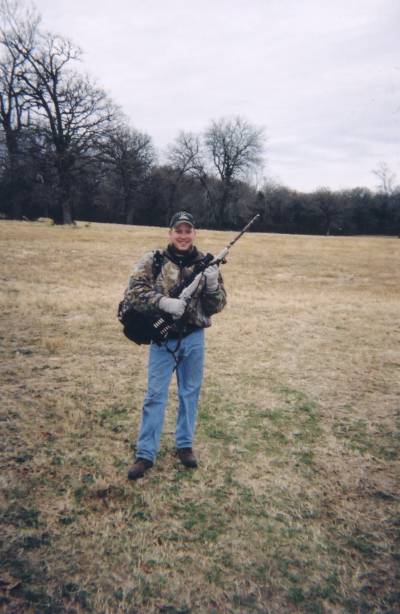 Several friends have asked me, “What if you could only have one rifle for hunting big game, what would it be?” The answer usually depends on what mood I’m in and where and what game I’ve been hunting lately. Realistically, I want a rifle that I can carry for long periods of time, if need be with out weighting me down, but heavy enough to give a solid rest either from a stand or over a backpack. Stainless steel with a synthetic stock so I do not have to worry about maintenance or point of impact changes in the field during wet weather. Other must have options are a crisp reliable trigger and a quality variable power scope mounted in a solid base and rings. The cartridge would have to be 30 caliber with a magnum load to propel the bullet. The rifle should be able to perform most any task necessary on a given hunt with the exception of very specialized situations. Put all these things together in a sleek nice looking package and you’ll have as close to an all around rifle as a hunter is likely to find.
Several friends have asked me, “What if you could only have one rifle for hunting big game, what would it be?” The answer usually depends on what mood I’m in and where and what game I’ve been hunting lately. Realistically, I want a rifle that I can carry for long periods of time, if need be with out weighting me down, but heavy enough to give a solid rest either from a stand or over a backpack. Stainless steel with a synthetic stock so I do not have to worry about maintenance or point of impact changes in the field during wet weather. Other must have options are a crisp reliable trigger and a quality variable power scope mounted in a solid base and rings. The cartridge would have to be 30 caliber with a magnum load to propel the bullet. The rifle should be able to perform most any task necessary on a given hunt with the exception of very specialized situations. Put all these things together in a sleek nice looking package and you’ll have as close to an all around rifle as a hunter is likely to find.
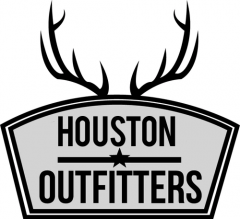
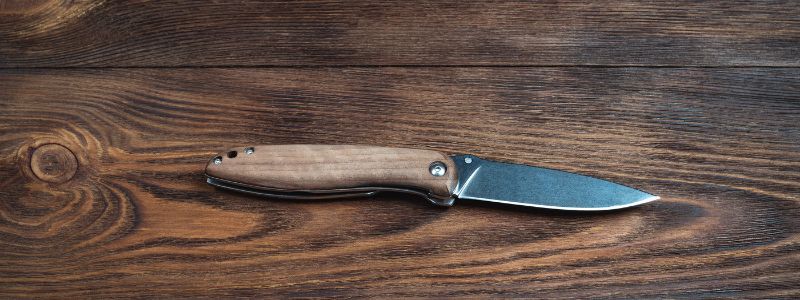
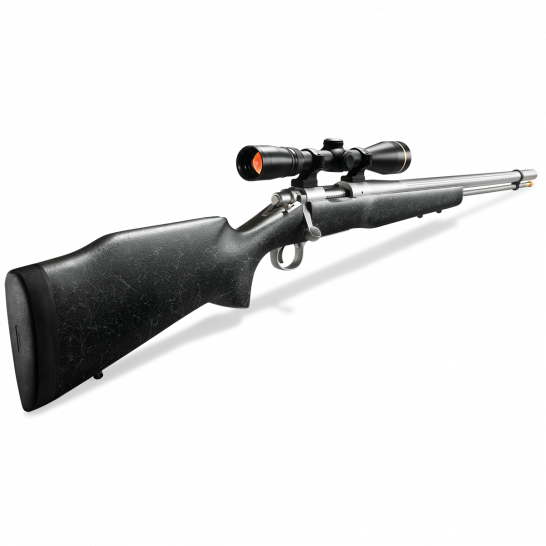
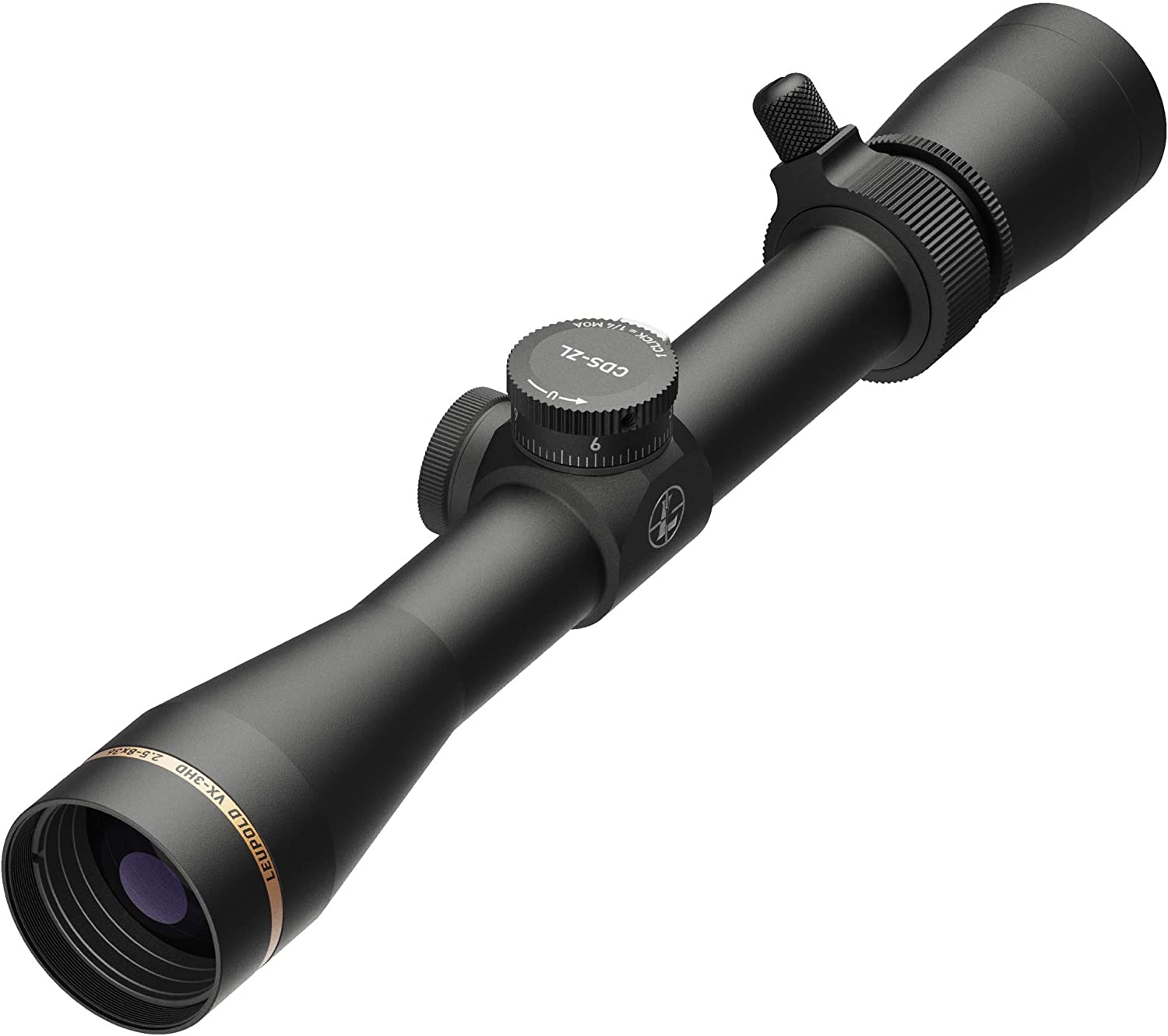
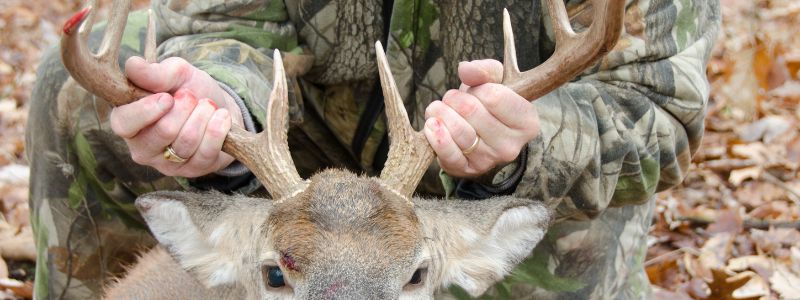
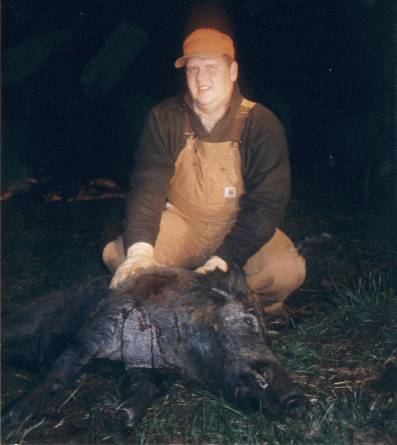
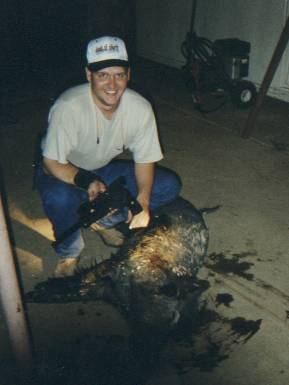
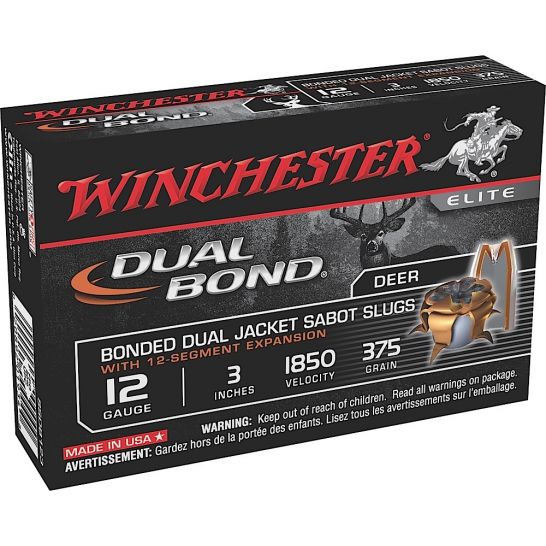
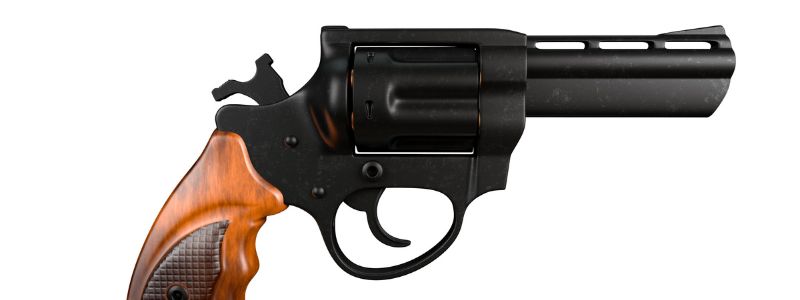
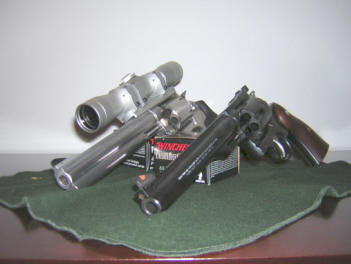



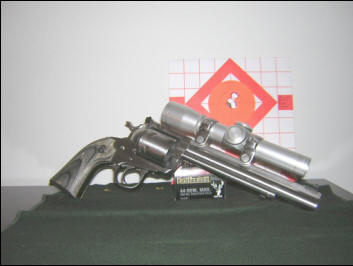 Reducing the chance of a round being left in the cylinder. It’s really more a personal preference on the action you choose, as is the finish. A hunting revolver is subjected to some pretty harsh treatment. Constantly being handled and carried, hunted with during wet weather and not to mention the frequent cleaning during load development. Over time a stainless steel revolver will hold up and look better. To me blued guns are far more pleasing to the eye, although not as practical as a stainless steel gun. The most important aspect is that you are comfortable with the gun and it fits you. There are several aftermarket grips or stocks available, in wood or rubber, to enhance the feel and look of the gun. The grip should fill the hand and position the last joint of the trigger finger comfortably on the trigger without having to alter your grip. Also make sure your hand is not too high or low on the grip. With the proper grip the gun will recoil into the hand and will be quite controllable with hunting loads.
Reducing the chance of a round being left in the cylinder. It’s really more a personal preference on the action you choose, as is the finish. A hunting revolver is subjected to some pretty harsh treatment. Constantly being handled and carried, hunted with during wet weather and not to mention the frequent cleaning during load development. Over time a stainless steel revolver will hold up and look better. To me blued guns are far more pleasing to the eye, although not as practical as a stainless steel gun. The most important aspect is that you are comfortable with the gun and it fits you. There are several aftermarket grips or stocks available, in wood or rubber, to enhance the feel and look of the gun. The grip should fill the hand and position the last joint of the trigger finger comfortably on the trigger without having to alter your grip. Also make sure your hand is not too high or low on the grip. With the proper grip the gun will recoil into the hand and will be quite controllable with hunting loads.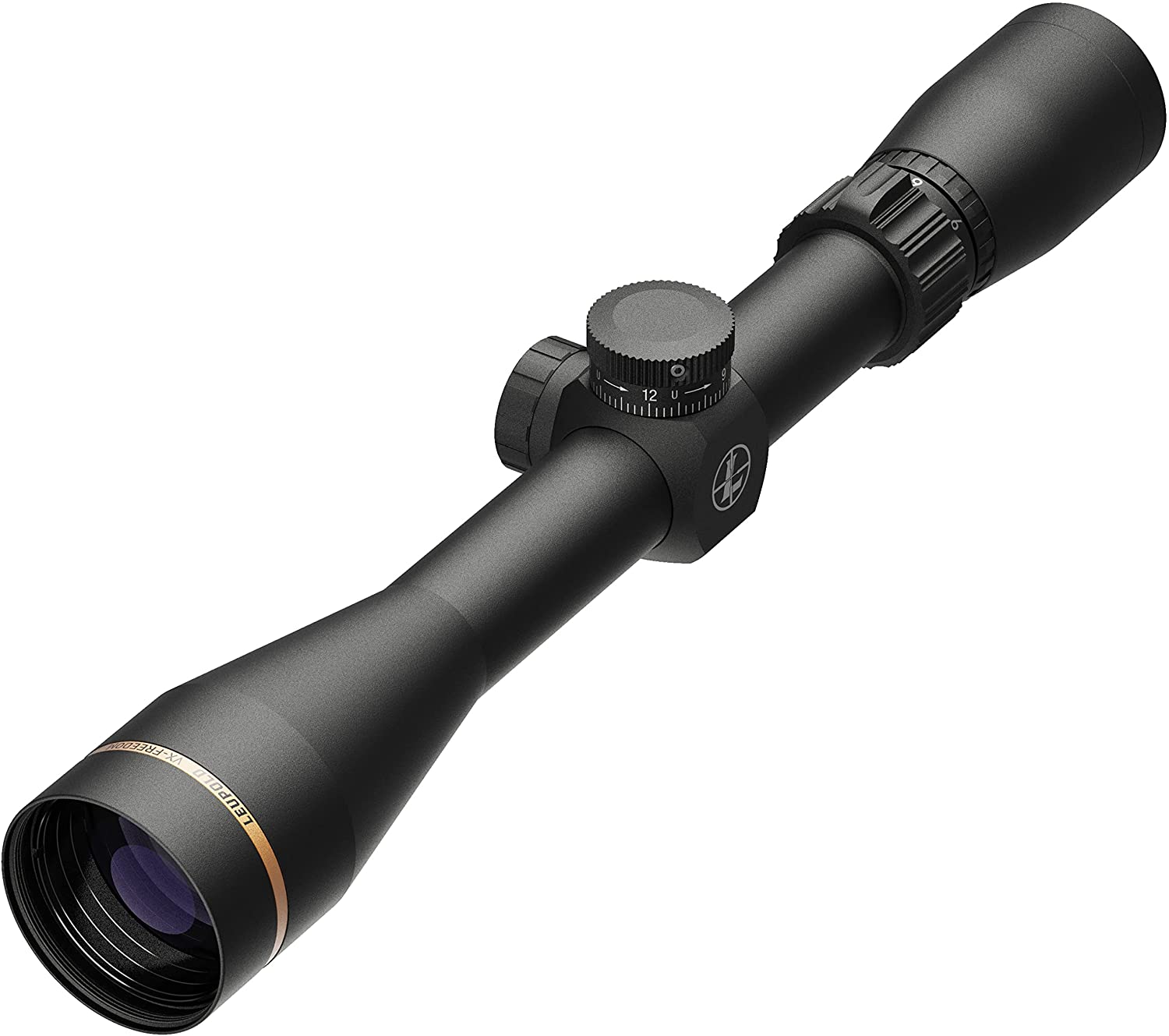
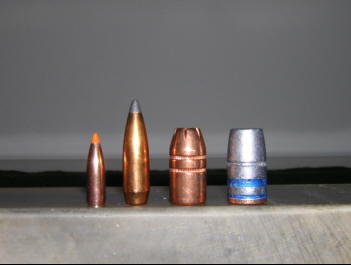 Over time with improved manufacturing processes along with cartridge development and improved bullet designs the revolver has evolved into a serious hunting tool. Looking at a ballistics chart one may be somewhat disappointed in the numbers produced by handgun rounds. Do not forget the formulas used to produce these numbers lend themselves to high velocity rifle rounds. One cannot argue the fact that high velocity does generate impressive killing power. Strait walled handgun rounds like the big four are not capable of producing the high velocities of rifle type rounds, but what they lack in velocity they more than make up for with bullet diameter and weight. A properly placed large diameter heavyweight bullet is an awesome killer. These big bullets retain their momentum after impact with an animal reliably producing large blood channels and exit wounds even on less than perfect angles. A hunter out fitted with a revolver chambered in one of the big four, properly loaded, and proficient in using it is as well armed as any rifle hunter. In some cases even better. All of the cartridges discussed here are proven hunting rounds and should be treated as such. Do not bite off more than you chew. Those unfamiliar with shooting big-bore handguns are well advised to start off with light loads and work up to full power hunting loads. Once full power loads are mastered and you know your effective range with your revolver then you are ready for the field. This type of hunting requires the hunter to take care in setting up the revolver and his or her chosen load. Being aware of that loads performance qualities and placing the shot to utilize those qualities.
Over time with improved manufacturing processes along with cartridge development and improved bullet designs the revolver has evolved into a serious hunting tool. Looking at a ballistics chart one may be somewhat disappointed in the numbers produced by handgun rounds. Do not forget the formulas used to produce these numbers lend themselves to high velocity rifle rounds. One cannot argue the fact that high velocity does generate impressive killing power. Strait walled handgun rounds like the big four are not capable of producing the high velocities of rifle type rounds, but what they lack in velocity they more than make up for with bullet diameter and weight. A properly placed large diameter heavyweight bullet is an awesome killer. These big bullets retain their momentum after impact with an animal reliably producing large blood channels and exit wounds even on less than perfect angles. A hunter out fitted with a revolver chambered in one of the big four, properly loaded, and proficient in using it is as well armed as any rifle hunter. In some cases even better. All of the cartridges discussed here are proven hunting rounds and should be treated as such. Do not bite off more than you chew. Those unfamiliar with shooting big-bore handguns are well advised to start off with light loads and work up to full power hunting loads. Once full power loads are mastered and you know your effective range with your revolver then you are ready for the field. This type of hunting requires the hunter to take care in setting up the revolver and his or her chosen load. Being aware of that loads performance qualities and placing the shot to utilize those qualities.



